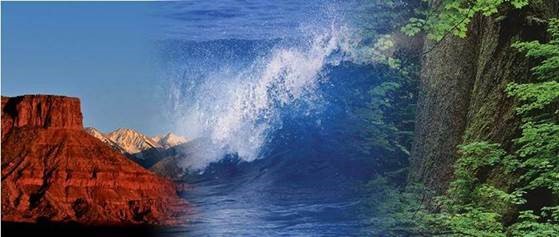
Faculty Publications
Document Type
Article
Abstract
Neodymium (Nd) isotopes were measured on 181 samples of fossil fish teeth recovered from Oligocene toMiocene sections at Ocean Drilling Program Site 1090 (3700 m water depth) on Agulhas Ridge in the Atlanticsector of the Southern Ocean. A long-term decreasing trend toward less radiogenic Nd isotope compositionsdominates the record. This trend is interrupted by shifts toward more radiogenic compositions near the early/lateOligocene boundary and the Oligocene/Miocene boundary. Overall, eNd values at Agulhas Ridge are moreradiogenic than at other Atlantic locations, and are similar to those at Indian Ocean locations. The pattern ofvariability is remarkably similar to Nd isotope results from Walvis Ridge (South Atlantic) and Ninetyeast Ridge(Indian Ocean). In contrast, Agulhas Ridge and Maud Rise Nd isotope records do not show similar patterns overthis interval. Results from this study indicate that deep water in the Atlantic flowed predominantly from north tosouth during the Oligocene and Miocene, and that export of Northern Component Water (NCW) to the SouthernOcean increased in the late Oligocene. There is also evidence for efficient exchange of deep waters between theAtlantic sector of the Southern Ocean and the Indian Ocean, although the direction of deep water flow is notentirely clear from these data. The shifts to more radiogenic Nd isotopic compositions most likely representincreases in the flux of Pacific waters through Drake Passage, and the timing of these events reflect developmentof a mature Antarctic Circumpolar Current (ACC). The relative timing of increased NCW export and ACCmaturation support hypotheses that link deep water formation in the North Atlantic to the opening of DrakePassage.
Publication Info
Published in Paleoceanography, Volume 23, Issue PA1025, 2008, pages 1-12.
Rights
Scher, H. D. & Martin, E. E. (2008). Oligocene deep water export from the North Atlantic and thedevelopment of the Antarctic Circumpolar Current examined withneodymium isotopes. Paleoceanography, 23 (PA1025), 1-12.
© Paleoceanography 2008, American Geophysical Union

